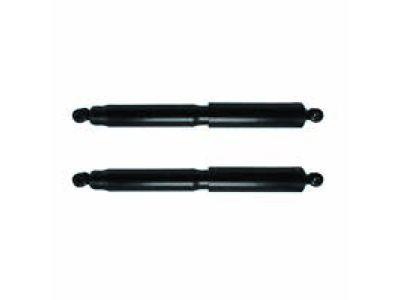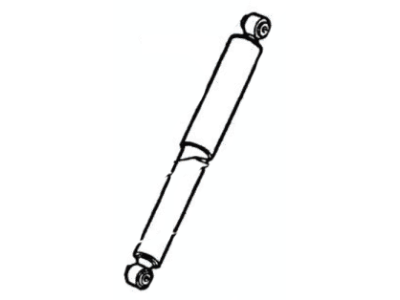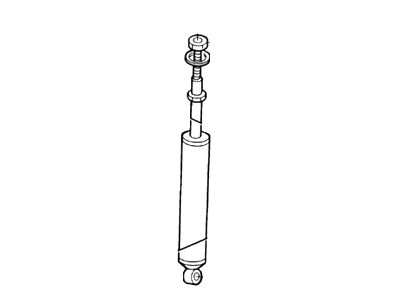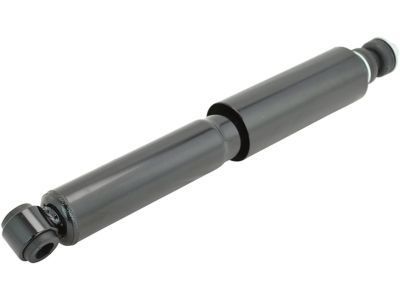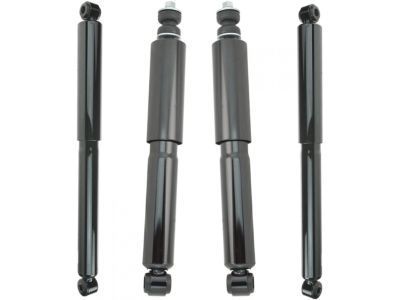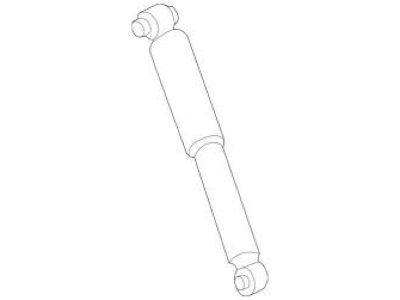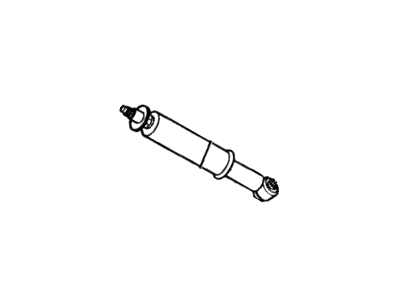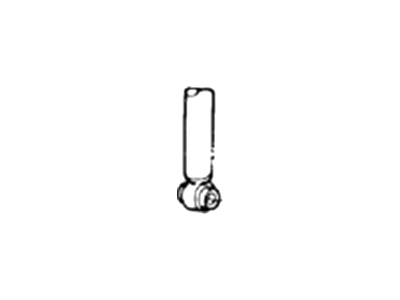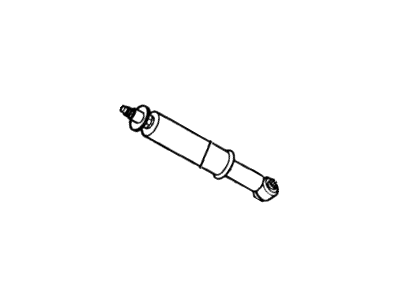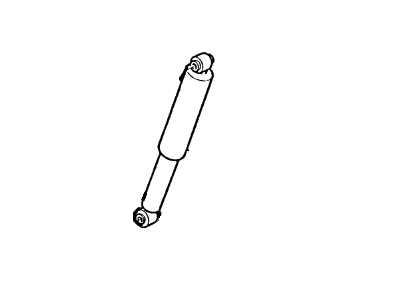

My Garage
My Account
Cart
Genuine Ford Bronco II Shock Absorber
Suspension Shock Absorber- Select Vehicle by Model
- Select Vehicle by VIN
Select Vehicle by Model
orMake
Model
Year
Select Vehicle by VIN
For the most accurate results, select vehicle by your VIN (Vehicle Identification Number).
15 Shock Absorbers found
Ford Bronco II Kit - Shock Absorber
Part Number: 5U2Z-18V125-ANA$59.94 MSRP: $101.09You Save: $41.15 (41%)Ships in 1 Business DayFord Bronco II Shock Absorber Assembly
Part Number: E7TZ-18125-E$52.81 MSRP: $88.91You Save: $36.10 (41%)
Ford Bronco II Shock Absorber
The Shock Absorber in particular is instrumental in the suspension system of Ford Bronco II and it's major function is said to address and eliminate situations where the vehicle bounces a lot with excessive bouncing resulting in a bad ride quality. Through the process of converting kinetic energy to thermal energy through hydraulic means the Shock Absorber provides better handling if quick oscillation through the means of shock impulses on uneven surfaces. Ford Bronco II throughout the years has incorporated many types of Shock Absorbers such as twin-tube and mono-tube. Twin-tube shocks are typical and even though they may have a comparatively less complex design, they can also be gas charged for providing improved sturdiness. Whereas, the mono-tube shock absorbers are better in terms of heat transfer and activities, which are bidirectional in nature. There is also other options such as Position Sensitive Damping (PSD) and Acceleration Sensitive Damping (ASD) which are special characteristics of the Shock Absorber to fine tune it for the Ford Bronco II for different road conditions.
We provide a wide range of Ford Bronco II Shock Absorber at the best prices possible. If you need Ford Bronco II Shock Absorber, you can shop with confidence on our website. All our OEM parts come with a manufacturer's warranty and are delivered to your door step with a fast delivery service.
Ford Bronco II Shock Absorber Parts Questions & Experts Answers
- Q: How to remove and install front shock absorbers on 2WD Ford Bronco II?A:Low pressure gas shocks are charged with Nitrogen gas, and it is important not to open, puncture, or apply heat to them. Before installing a new shock absorber, hold it upright and extend it fully, then invert it and fully compress and extend it at least three times to bleed trapped air. Begin by raising the vehicle for better access and removing the bolt and nut that attach the shock absorber to the lower bracket on the Radius Arm. Next, take off the nut, washer, and insulator from the shock absorber at the frame bracket and remove the shock absorber. Position the washer and insulator on the shock absorber rod, then place the shock absorber to the frame bracket and loosely install the attaching nut. After that, position the shock absorber to the lower bracket and loosely install the attaching bolt and nut. Finally, tighten the lower attaching bolts to 40-63 ft. lbs. and the upper attaching bolts to 25-35 ft. lbs. The shock absorber's purpose is to limit the motion of the spring during compression and rebound cycles; without them, the vehicle would experience excessive up and down motion. Contrary to popular belief, shocks do not affect ride height, which is determined by other suspension components. Worn shock absorbers can impact handling, and if the front of the vehicle rises or falls excessively, it alters the tire footprint on the pavement, affecting steering. A simple test involves pushing down on one corner of the unladen vehicle and observing the motion as it is released; it should come up beyond its original rest position, dip back below it, and settle quickly. Any excessive pitch motion or failure to return to rest within 2-3 cycles indicates poor function. Oil-filled shocks may have a light film of oil around the seal due to normal breathing, which is not a sign of failure, but thick or running oil indicates a problem. Gas-filled shocks may also show some film at the shaft, and if gas has leaked out, the shock will have little resistance to motion. While individual shock absorbers can be replaced, it is advisable to change them as a pair to ensure equal response on both sides of the vehicle, as a failed shock often indicates that its counterpart is also weak.
